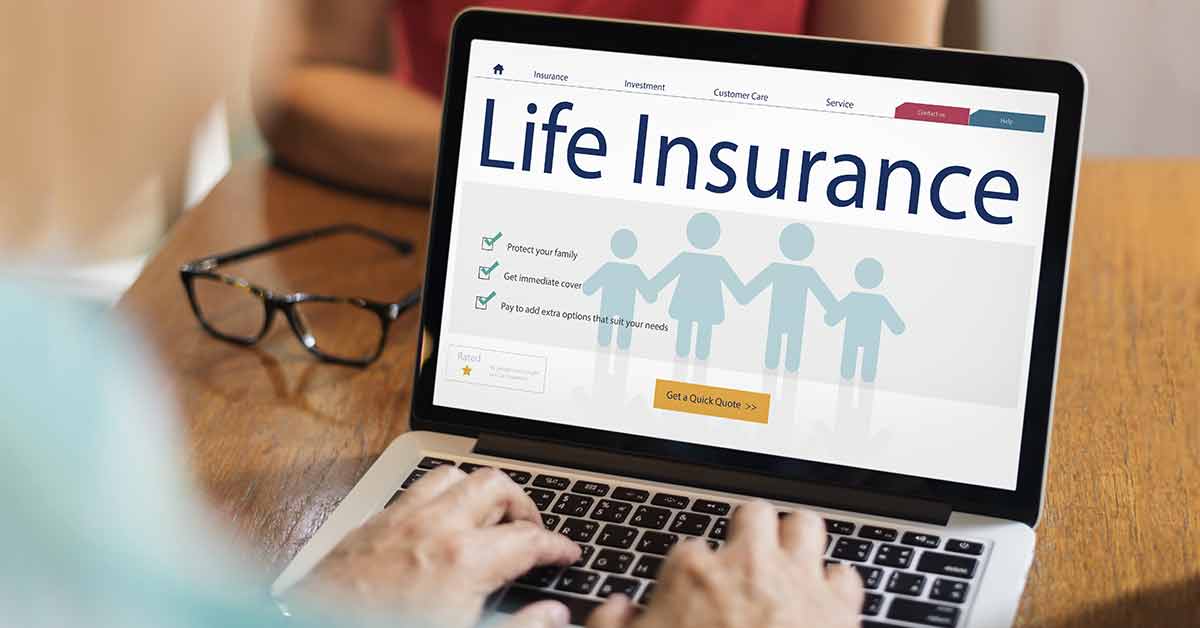Personal Accident Insurance and Term Life Insurance, two policies that offer financial security in the face of unforeseen events. Yet, their coverage, purpose, and benefits can be quite distinct. Understanding the difference between them is crucial in making an informed decision about which insurance coverage best fits your needs. In this article, we'll break down the key differences between Personal Accident Insurance and Term Life Insurance, helping you chart a clearer course through your insurance options.

Understanding Personal Accident Insurance
What is Personal Accident Cover?
Personal Accident Insurance is a policy designed to provide financial assistance in the event of accidental injury, disability, or death. It acts as a safety net, ensuring that if an accident occurs, you or your beneficiaries receive a lump-sum payment to help manage the financial implications of the incident.
Key Features of Personal Accident Insurance
- Accident-Only Coverage: This insurance is triggered specifically by accidents, not by natural causes or illnesses.
- Disability Benefits: It often includes coverage for total or partial disability, providing financial support if an accident leads to long-term impairment.
- Hospitalization and Medical Expenses: Some policies include coverage for medical expenses incurred due to an accident.
- Income Replacement: Depending on the policy, it might offer income replacement if you're temporarily unable to work due to an injury.
Why Opt for Personal Accident Insurance?
This type of insurance is particularly valuable for individuals in high-risk occupations or those who engage in adventurous activities. It provides peace of mind, knowing that in the event of a mishap, you won't be burdened by unexpected financial strain.
Understanding Term Life Insurance
What is Term Life Insurance?
One kind of life insurance that offers protection for a predetermined "term" or duration is called term life insurance. If you, the policyholder, pass away during this term, the insurance pays out a death benefit to your designated beneficiaries.
Key Features of Term Life Insurance
- Fixed Term Coverage: Term Life Insurance is active for a pre-determined period, such as 10, 20, or 30 years.
- Death Benefit: The primary feature of this insurance is the death benefit, which is a lump-sum payment given to your beneficiaries upon your death.
- No Cash Value: Unlike whole life insurance, term policies do not have an investment component and do not accumulate cash value over time.
- Renewability and Convertibility: Many term policies offer the option to renew or convert to a permanent policy after the term expires, albeit at a higher premium.
Why Opt for Term Life Insurance?
Term Life Insurance is an excellent choice for those seeking an affordable way to provide significant financial protection for their loved ones during their working years, especially if they are the primary earners.
What's the Difference?
Coverage Scope
Personal Accident Insurance is exclusively accident-focused, offering protection only in the case of injuries or death resulting from an accident. In contrast, Term Life Insurance is broader in scope, providing a death benefit regardless of the cause of death (with some exceptions such as suicide within the first policy year or misrepresentation on the application).
Benefit Payouts
While Personal Accident Insurance may offer various payouts for different types of injuries or impairments, Term Life Insurance has a straightforward payout structure, delivering the policy's face value to beneficiaries upon the policyholder's death during the term.
Policy Duration
Personal Accident Insurance typically does not have a fixed term and can be renewed annually, whereas Term Life Insurance is purchased for a specific duration, after which coverage ceases unless the policy is renewed or converted.
Premium Costs
Generally, Personal Accident Insurance premiums are lower than those for Term Life Insurance, reflecting the more limited and specific nature of the coverage. Term Life Insurance premiums are based on the likelihood of death during the term, age, health, and lifestyle factors.
Choosing the Right Policy for You
When deciding between Personal Accident Insurance and Term Life Insurance, consider your lifestyle, occupation, financial obligations, and the needs of your dependents.
- For High-Risk Individuals: If your daily activities or job put you at a higher risk of accidents, Personal Accident Insurance can be a prudent addition to your insurance portfolio.
- For Family Providers: If you have dependents who rely on your income, Term Life Insurance can ensure they are financially secure in the event of your untimely death.
- For Budget-Conscious Individuals: If affordability is a concern, Term Life Insurance can offer substantial coverage for a relatively low premium, especially if you're young and healthy.
Can You Have Both?
Absolutely. In fact, having both Personal Accident Insurance and Term Life Insurance can provide comprehensive coverage, addressing a wider range of potential risks. Personal Accident Insurance can supplement your Term Life Insurance, offering additional benefits in case of accidental injuries.
Conclusion
In the quest to protect yourself and your loved ones, Personal Accident Insurance and Term Life Insurance serve as two distinct shields, each offering a different kind of financial protection. By understanding the fundamental differences between them, you can make a more informed decision that aligns with your life's path and the well-being of those who walk it with you.
.jpg)

